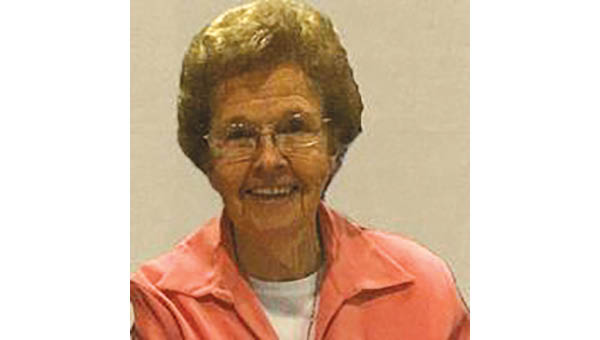Steps forward in fight against opioids include a local drug rehab facility
Published 12:17 pm Tuesday, March 15, 2022
|
Getting your Trinity Audio player ready...
|
The scourge of opioids continues to take a devastating toll on Tennessee and the nation, but there are signs that must be celebrated and built upon. To reduce death and suffering, there are concrete steps the state and federal governments can take based on proven solutions. Getting there will not be easy, though.
There is not a week that goes by in Carter County General Sessions Court that several people aren’t convicted on drug charges, many of them for possession of methamphetamine. Many of them are victims who were reported roaming around the city at various businesses and residence that had no idea where they were at.
Many of the drugs used that become habit-forming are legal, such as Percocet, OxyContin. Then, there is heroin and fentanyl. In fact, Americans consume more opioids than any other country in the world. According to one report, the staggering amount of opioids prescribed in the U.S. is enough for every American to be medicated around the clock for three weeks.
Looking ahead, drug overdoses are expected to remain the leading cause of death for Americans under 50, as synthetic opioids — primarily fentanyl and its analogues — continue to push the death count higher.
Just last week in Florida, four students from West Point on spring break overdosed on drugs laced with fentanyl.
Prescription drug abuse is causing increasingly serious problems in Tennessee. The state is ranked third in the country for prescription drug abuse, and cuts across demographics.
Tennessee is among the hardest-hit states when it comes to the opioid epidemic. The story of its impact is often told in numbers: 1,268 opioid overdose deaths in Tennessee in 2017; more than six million painkiller prescriptions in our state in 2018.
It is estimated that approximately 70,000 Tennesseans are addicted to opioids.
Our state is seeing epidemic levels of addiction, overdoses, and death.
The age group with the greatest past-year nonmedical use of opioids is young adults aged 18 to 25, yet the greatest use (i.e., exposure) of prescription opioids is among adults aged 26 and older.
The issue is harm reduction, and it entails understanding the reality that addiction is a disease. People don’t choose to use harmful drugs, and efforts to get them to stop are not going to be successful with everyone. The focus in those cases, then, needs to be on ways to keep people alive while they continue to use drugs.
This, to many, sounds like a terrible idea. Only abstinence, in this view, should be targeted. But that ignores reality. Harm reduction must have a place in our menu of solutions, and government can help make it happen.
Drug overdoses are a leading cause of death in America, surpassing the combined totals for gun homicides and car crashes. Shockingly enough, sustaining this death toll is the equivalent of experiencing an event like Sept. 11, 2001 every three weeks.
Public mental health services in Tennessee cover just 34 percent of the adults needing treatment for mental illnesses, including addiction. Putting an addict in jail does not solve the problem. It just jakes the addict off the street for a short time. They are still a drug addict when they are freed from jail.
It can take months for a drug abuser to mentally get past their substance use disorder and up to one year to stop craving the high.
Two local judges — Stacy Street and Lisa Rice — are pushing for the Carter County Work Camp at Roan Mountain to be reopened as a regional drug rehabilitation center under direction of the criminal courts.
In the past few months the judges have gone before county commissions and city councils in the eight counties to persuade those bodies to help fund a treatment facility with the millions of dollars those governments received in the settlement of the Sullivan County “Baby Doe” opioid lawsuit.
The next chapter of the former prison could be changing the hopelessness of drug addicts into people who have a drug-free and hopeful future.
We hope the measure doesn’t get lost in the shuffle or is pushed to the back burner. It is badly needed not only in Carter County, but across the entire First District.





